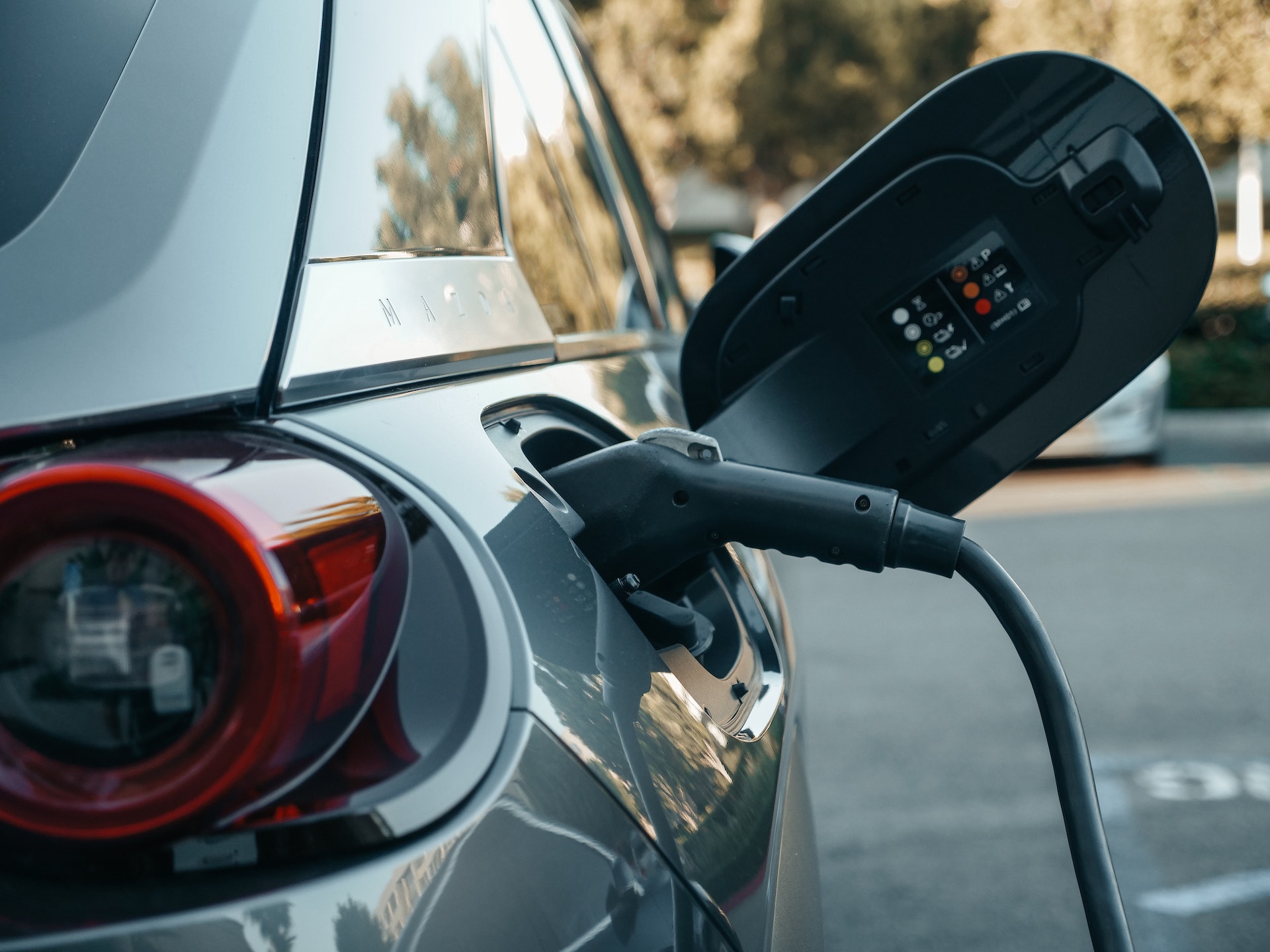Choosing the right EV charging system for your home will depend on a number of factors. These include your budget, your lifestyle and even the weather in your area. However, there are some basic things you should consider before making a purchase.
Here are some tips on how to choose the best at home electric car charging:
How much power do I need? Level 1 chargers are the simplest option because they plug into a standard 120-volt wall outlet. Level 2 chargers offer faster charging speeds at 240 volts and are usually installed by professionals in garages or driveways. DC fast chargers are even faster than level 2 chargers and can provide up to 150 miles of range in 30 minutes or less.
Where will I use my EV most? If you want to charge at home most of the time, a basic level 1 or 2 charger may suffice since it’s unlikely that you’ll need access to quick charging speeds at home. But if you want to be able to charge anywhere, including at work, public spaces and while travelling, look into installing a DC fast charger at home.
The first thing to decide is whether you want a Level 1 or Level 2 charger. A Level 1 charger is typically used for charging small batteries (like laptops) at low power and can take up to 12 hours to fully charge a car battery. A Level 2 charger can deliver higher power and can fully charge a car battery in 4 hours or less. The two most common types of EV charging stations are:
Level 2 station: The most common type of EV charging station, it delivers 240-volt AC power at 32 amps and can provide up to 3 kilowatts (kW) of power per hour. It takes about an hour or so to charge an EV using this type of station.
Level 3 station: Delivers DC power directly from your home’s electrical system, making it more efficient than other types of chargers but requiring additional equipment such as a DC converter and additional wiring between the house and garage.
An important thing that you need to decide is where you want to install your electric vehicle charger. You can have it installed in your garage or outside on a driveway or even in a public parking lot if you have access to one. Choosing an outdoor location could be more convenient as there is no need to worry about running cables through walls or ceilings. However, an outdoor installation also means that it can be exposed to extreme weather conditions, which may affect its durability and lifespan over time.


